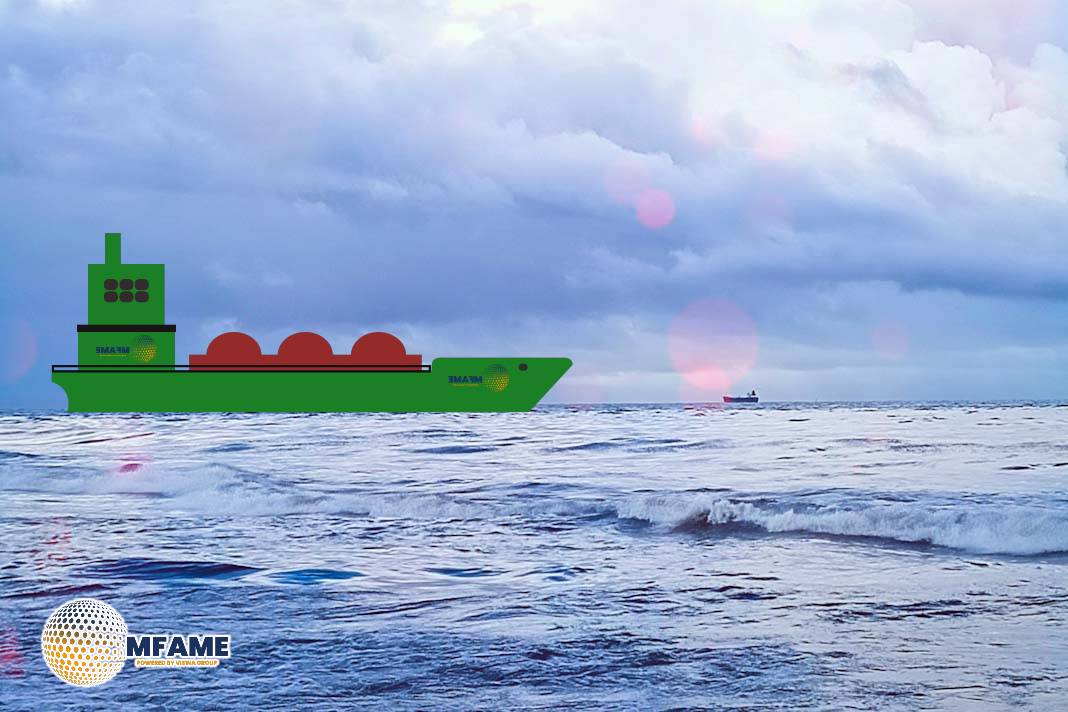- Britannia P&I provides an update on key alternative maritime fuels highlighting recent technological and regulatory developments.
- Biofuels like FAME and HVO are gaining recognition as transitional fuels and new IMO rules permitting bunker ships to carry up to 30% biofuel blends.
- Methanol is expanding rapidly due to its simpler handling and lower infrastructure costs. LNG remains a dominant transitional fuel with strong demand, especially in Asia and the U.S.
- Ammonia and hydrogen are evolving as promising zero-carbon fuels, supported by new technologies and regulations.
Britannia P&I’s Alternative Fuels Watch report highlights the latest advancements and regulatory updates for alternative maritime fuels such as biofuels, LNG, methanol, ammonia, and hydrogen. It serves as a valuable resource for industry stakeholders seeking informed, sustainable fuel choices in the transition toward greener shipping practices.
Recent Updates on Alternative Maritime Fuels
Although no vessels are currently operating or on order with biofuel as the primary fuel, Fatty Acid Methyl Ester (FAME) and Hydrotreated Vegetable Oil (HVO) are widely recognized as “drop-in” solutions compatible with existing marine engines. These biofuels support shipping’s decarbonization goals, but their large-scale adoption is constrained by challenges such as limited feedstock availability and high production costs.
With 1,370 vessels in operation and 1,031 on order, Liquefied Natural Gas (LNG) remains a leading transitional fuel in the maritime sector. It benefits from mature engine technology and a growing global bunkering network. However, concerns about methane slip continue to limit its greenhouse gas (GHG) reduction potential, which must be addressed to secure its long-term role in decarbonization strategies.
Methanol is gaining momentum as a marine fuel, with 58 vessels currently in operation and 320 on order. It is favored for its simpler handling and comparatively lower risk profile than LNG. Despite these advantages, its adoption is tempered by safety concerns related to its toxicity and low flash point, which must be managed for broader industry uptake.
Currently, only 4 vessels operate on ammonia with 45 on order, but it is increasingly seen as a viable zero-carbon fuel option. It emits no carbon during combustion (except from pilot fuel) and is relatively accessible in regions with developed agricultural and industrial sectors. However, its toxicity, handling complexity, and safety risks—especially related to storage and ignition—pose significant barriers to widespread adoption.
With 16 vessels in service and 35 on order, hydrogen is drawing investment due to its clean energy profile and compatibility with high-efficiency fuel cell technology. Still, its implementation faces major hurdles, including high production costs, underdeveloped bunkering infrastructure, and extreme storage requirements at -253°C, making large-scale use both technically and economically challenging.
Current Developments in Alternative Maritime Fuels
Biofuels such as Fatty Acid Methyl Ester (FAME) and Hydrotreated Vegetable Oil (HVO) remain popular transitional solutions, supported by recent updates to ISO 8217:2024, which now allow marine fuels to contain up to 100% FAME.
Several industry leaders are expanding their Methanol-powered fleets, with major dual-fuel retrofit projects underway and plans to operate nearly twenty methanol dual-fuel vessels by the end of 2025.
Singapore, the world’s largest bunkering port, experienced a major increase in LNG bunker volumes in 2024. Regulatory changes in the U.S. have further eased LNG adoption by removing barriers.
Ammonia is advancing as a promising zero-carbon fuel, with the first ammonia-fueled marine engines expected soon and a growing number of ammonia-capable vessels on order. Regulatory progress includes interim safety guidelines approved by the IMO’s Maritime Safety Committee (MSC), with further discussions anticipated on amendments to the IGF and IGC Codes to allow ammonia’s dual use as cargo and fuel.
Hydrogen is gaining momentum through innovative projects like a liquid hydrogen-powered cargo vessel designed for North Sea operations, combining fuel cells, batteries, and efficiency technologies. The NAVHYS project, led by a European aerospace group, aims to develop liquid hydrogen storage and usage solutions tailored for maritime transport.
Did you subscribe to our Daily newsletter?
It’s Free! Click here to Subscribe!
Source: BritanniaP&I

















